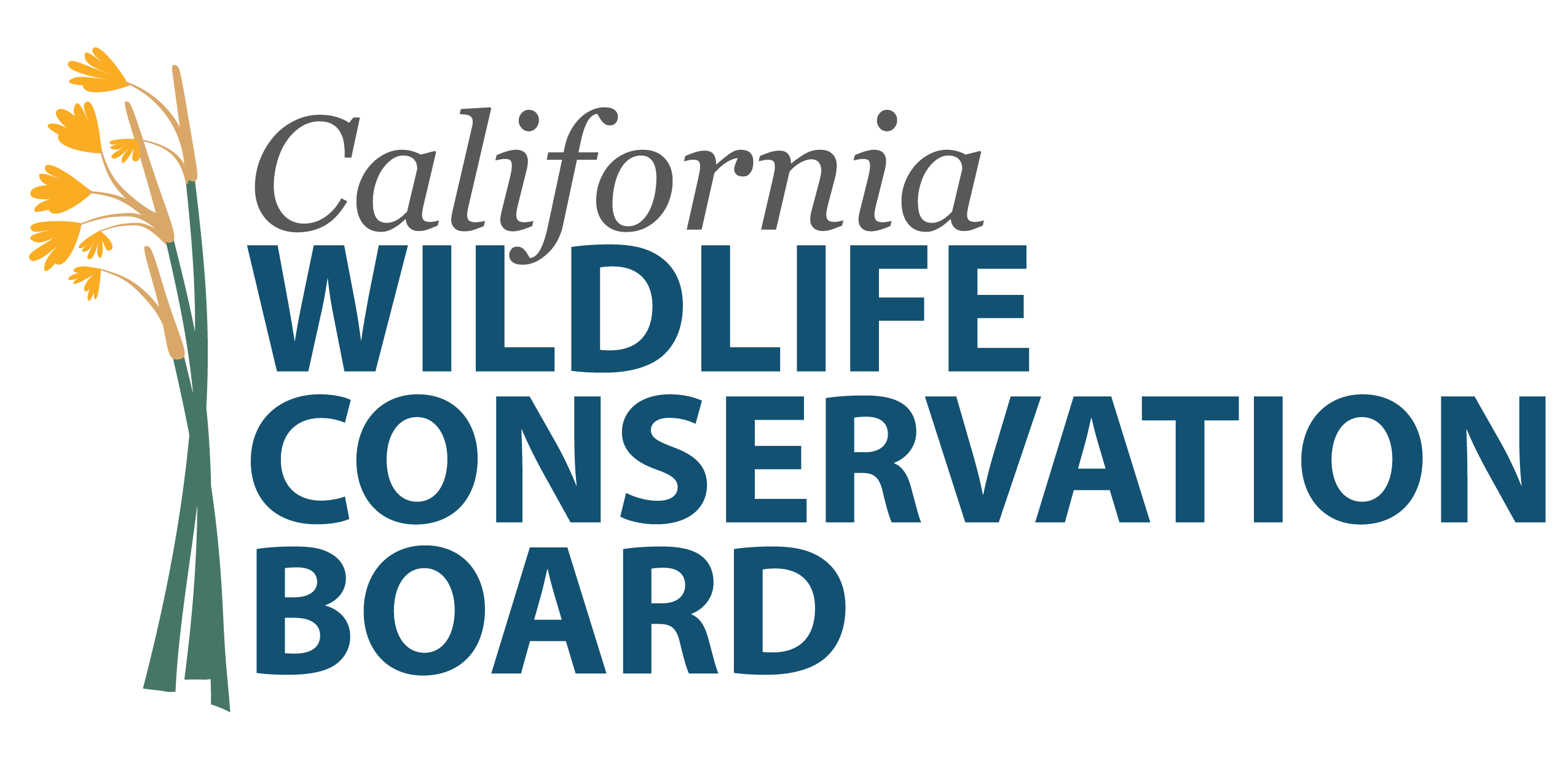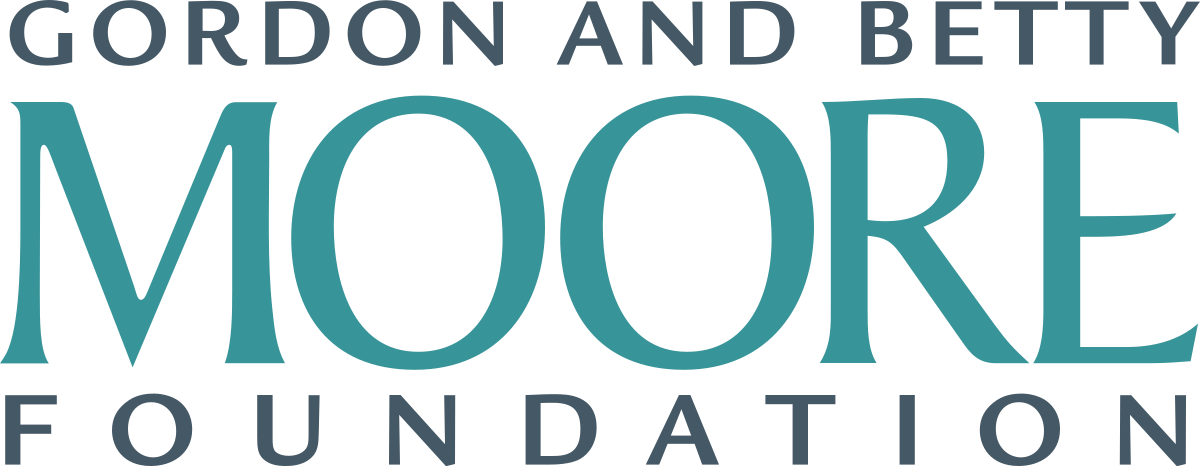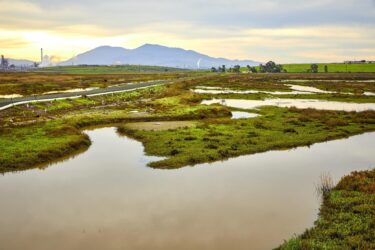Hoover Ranch
A 600-Acre Comeback for the Bay Delta
Bethel Island, Contra Costa County — wetlands, wildlife, climate action, and trails in one bold restoration.
Hoover Ranch is one of the most significant conservation projects in the Bay-Delta:
a 600-acre property on Bethel Island that stretches nearly two miles of shoreline.
Protecting and restoring this land helps reverse the loss of native wetlands, improves
habitat for hundreds of species, stabilizes local levees and water supplies, and sequesters
carbon from peat soils — all while creating quiet, low-impact places for people to visit.
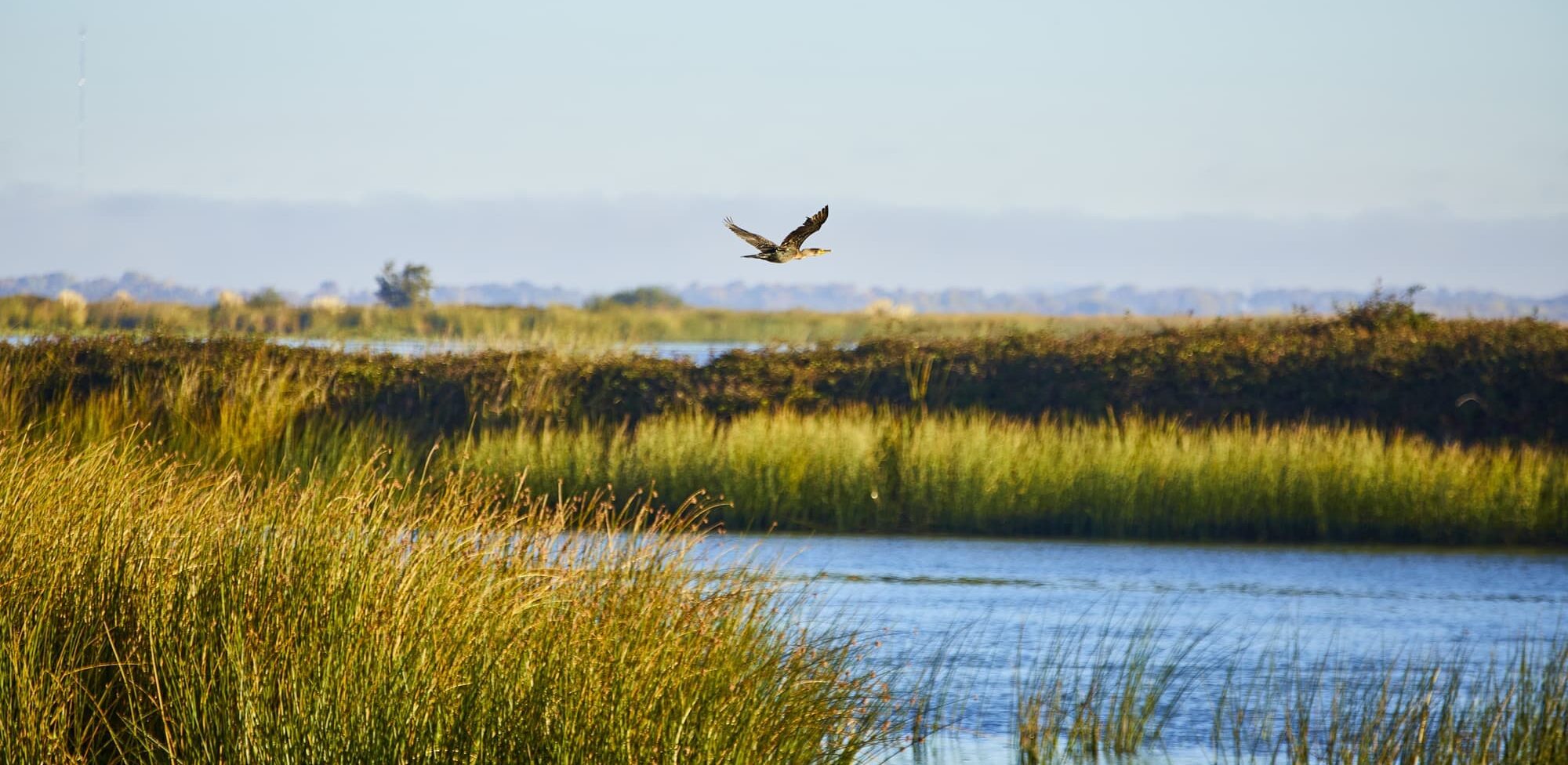
Bay Delta wetlands — a vital ecosystem under threat.
A Crisis in the Bay Delta
The Bay Delta is an ecosystem in crisis. More than 90% of its native wetlands have vanished,
and climate change is placing even greater stress on what remains. Protecting Hoover Ranch is
a powerful step toward healing this landscape and preserving the 750 plant and animal species
that call it home. The benefits ripple far beyond the land itself—strengthening the region’s
economy, water security, and natural heritage.
Few places are as vital as the Bay Delta:
- It forms the largest estuary along the entire Pacific coast of the Americas.
- Nearly half of California’s migrating waterfowl and shorebirds, and
two-thirds of its spawning salmon, depend on this habitat. - Its salt marshes provide irreplaceable nutrients and nursery grounds for fish species
found nowhere else on Earth. - Twenty-five million Californians rely on the Delta for drinking water, and its waterways
support farmland that grows nearly half of the nation’s produce.
Our vision: nature-based, community-minded, climate-smart
Transforming 600 acres into a thriving ecosystem that supports wildlife, protects biodiversity, and welcomes visitors
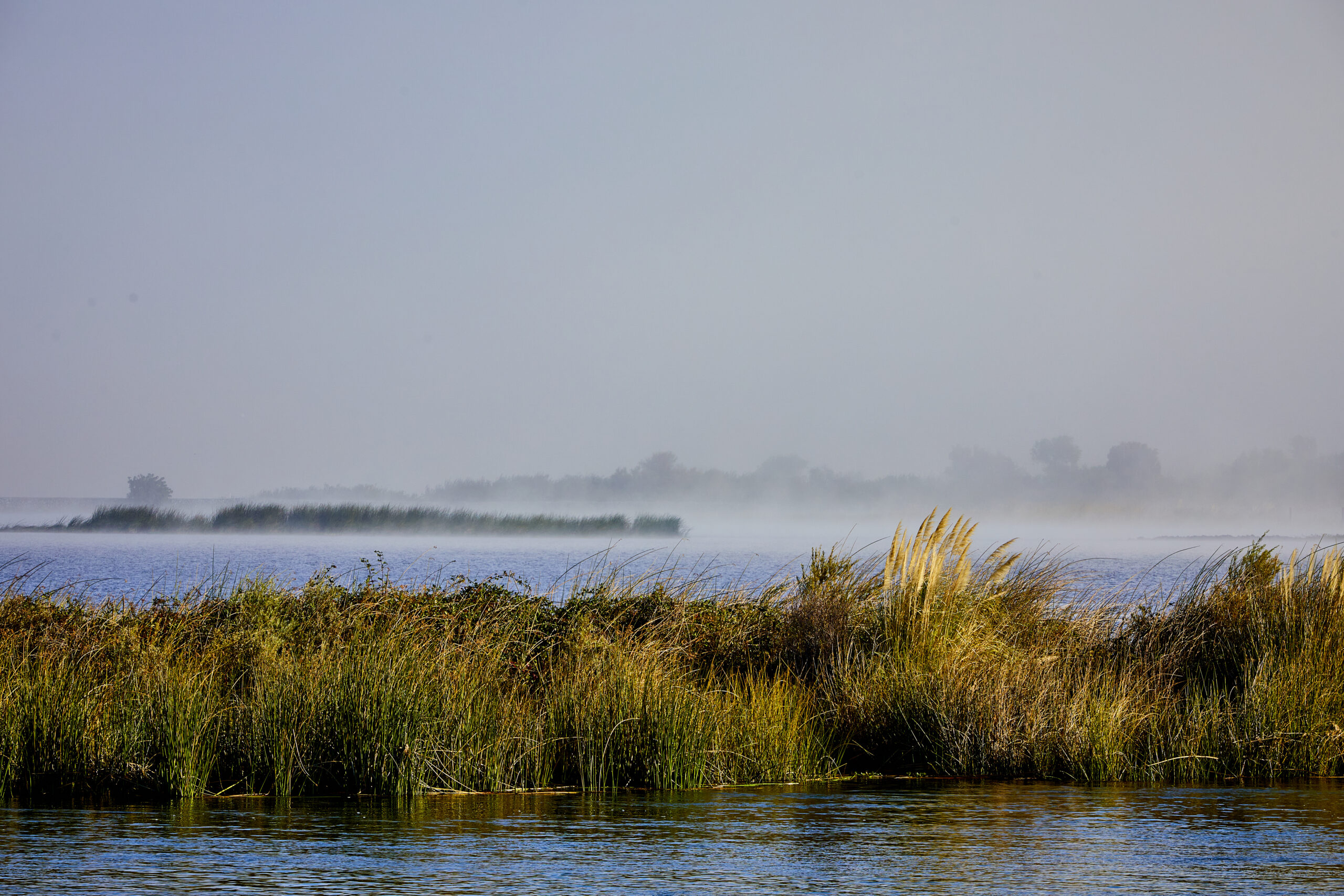
Freshwater Wetlands
Large, diked wetland units refreshed with siphoned fresh water to support migrating birds, fish nurseries, and wetland plants like bulrush and cattails.
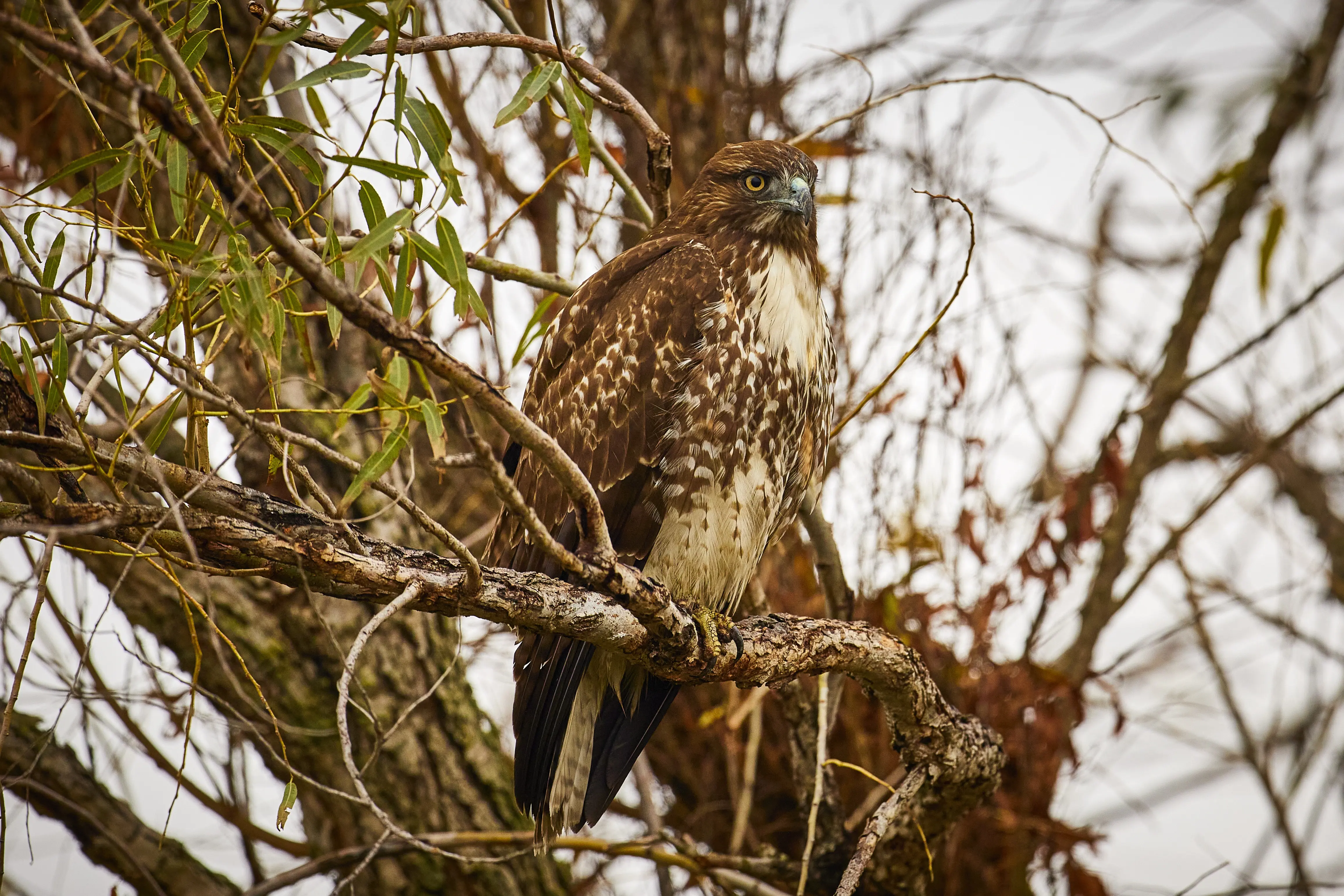
Riparian Woodland
Expansion of the surviving historic riparian zone in the northeast corner to boost biodiversity and habitat complexity.
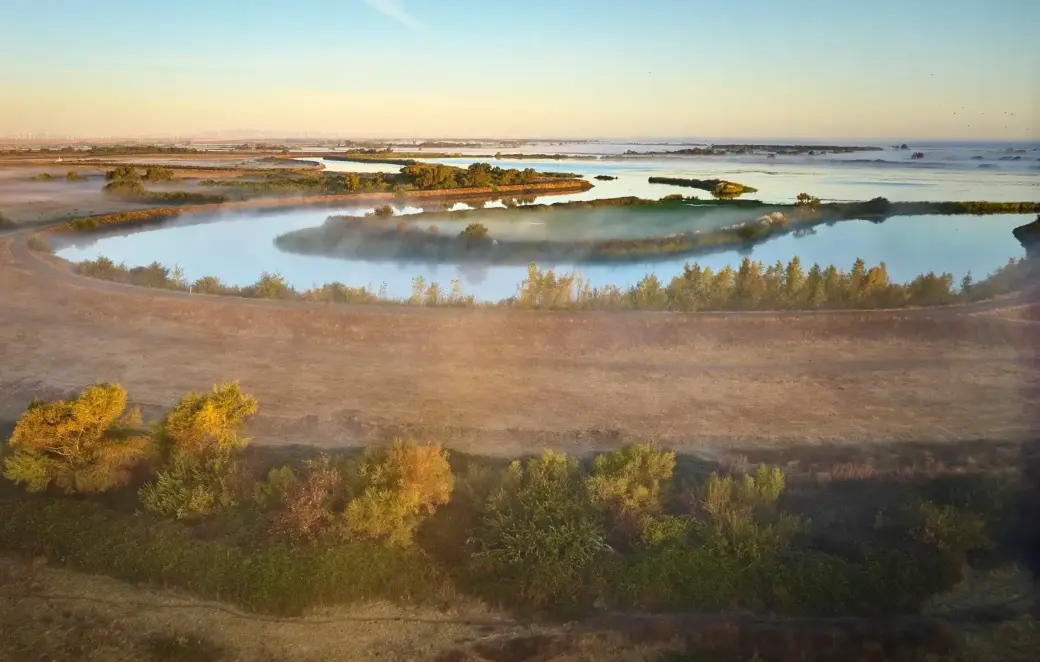
Upland Refugia & Trails
Dry high ground for nesting and movement corridors for wildlife, plus low-impact trails on existing ranch roads for birders and visitors.
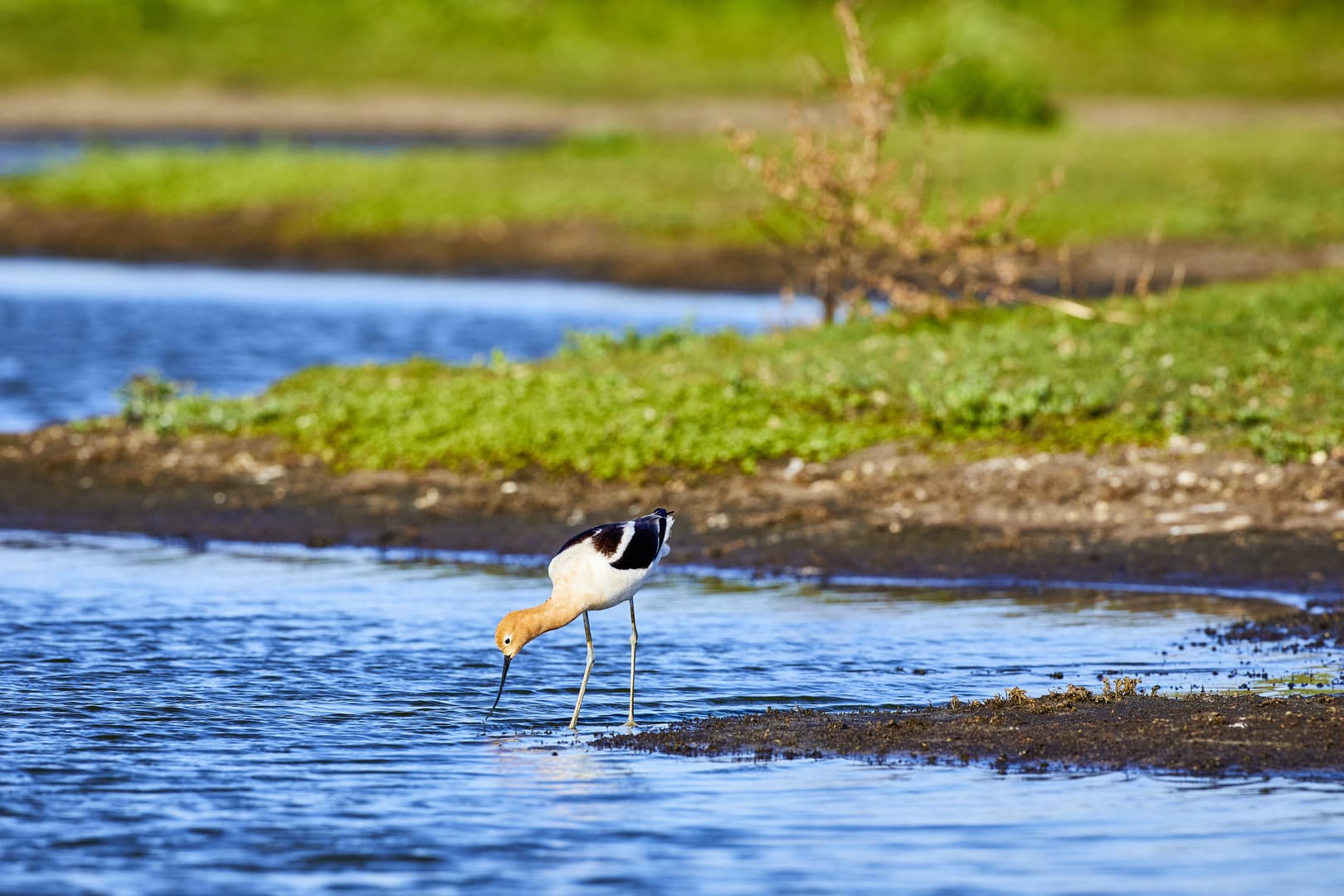
Sand Dune Protection
Once a common sight in California, sand dunes are extremely fragile. Our plan preserves a rare local dune feature and the unique species it supports.
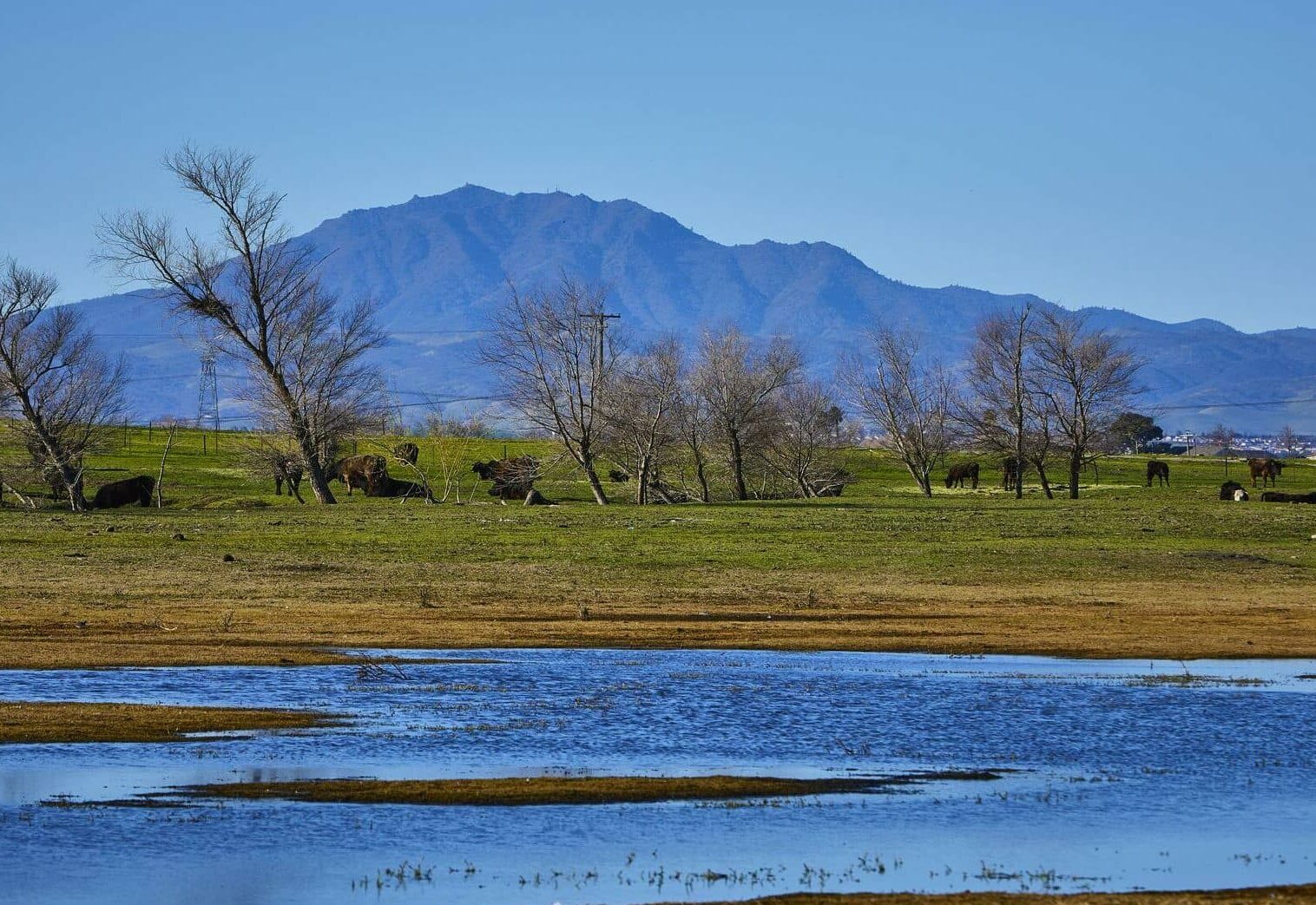
A Bulwark Against Climate Change
Prevention of soil oxidation and greenhouse gas emissions from peat soils. The marsh and forest systems will sequester carbon and gradually build up the island's surface through accumulation of sediment and organic materials.
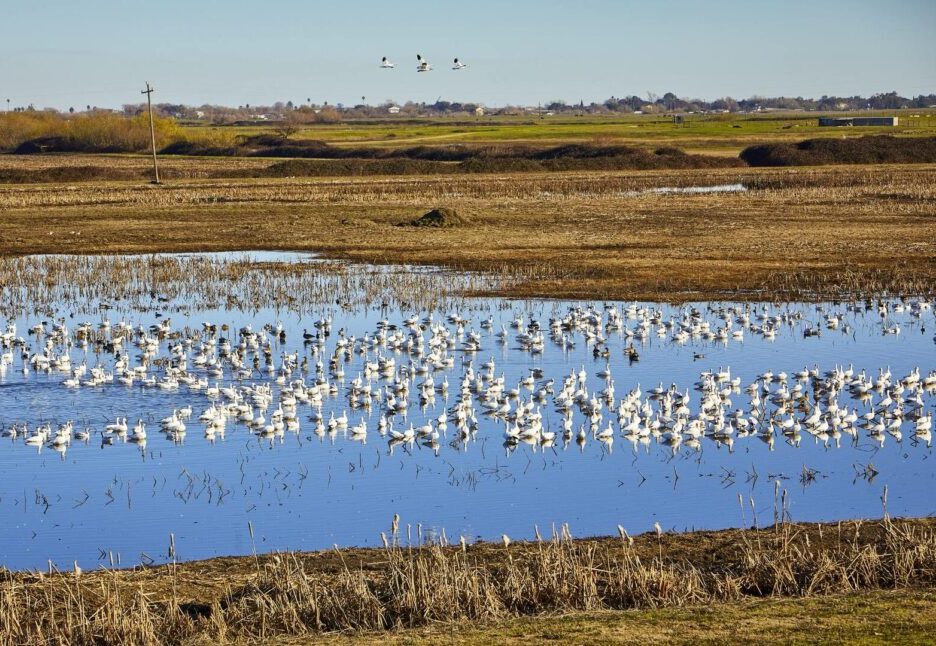
Levee Preservation
Preserving the levee that protects Bethel Island from flooding while combating subsidence—severe soil elevation loss from farming and ranching that causes carbon pollution. Preventing island loss keeps saltwater from traveling inland and threatening fresh water supplies.
A Science-Led Blueprint for Renewal
JMLT’s restoration plan for Hoover Ranch breathes new life into former farm fields, creating a mosaic of freshwater wetlands, riparian woodland, sand dunes, and upland refuges. The existing levee remains in place to protect Bethel Island, while modern water-management techniques—such as siphons and raised groundwater—help the land heal. Over time, these actions will reverse subsidence, cut greenhouse gas–producing soil oxidation, and rebuild the sediment and organic layers that allow the island to rise again.
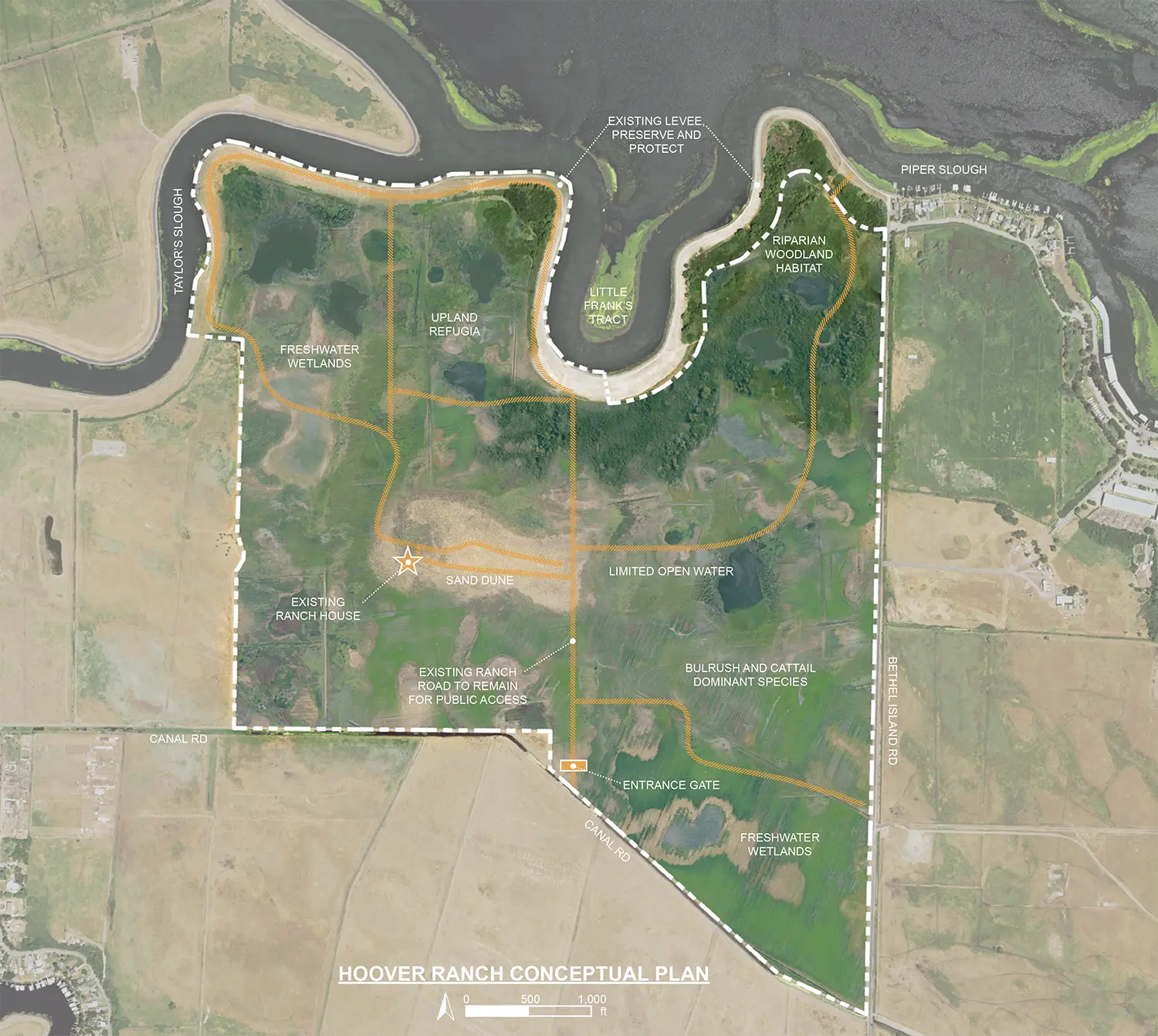
Hoover Ranch conceptual restoration plan, showing freshwater wetlands, upland refugia, sand dune, existing ranch house, levees, and planned public access.
The acquisition and restoration of Hoover Ranch is made possible through the generosity of our funding partners and individuals who contribute to John Muir Land Trust.

